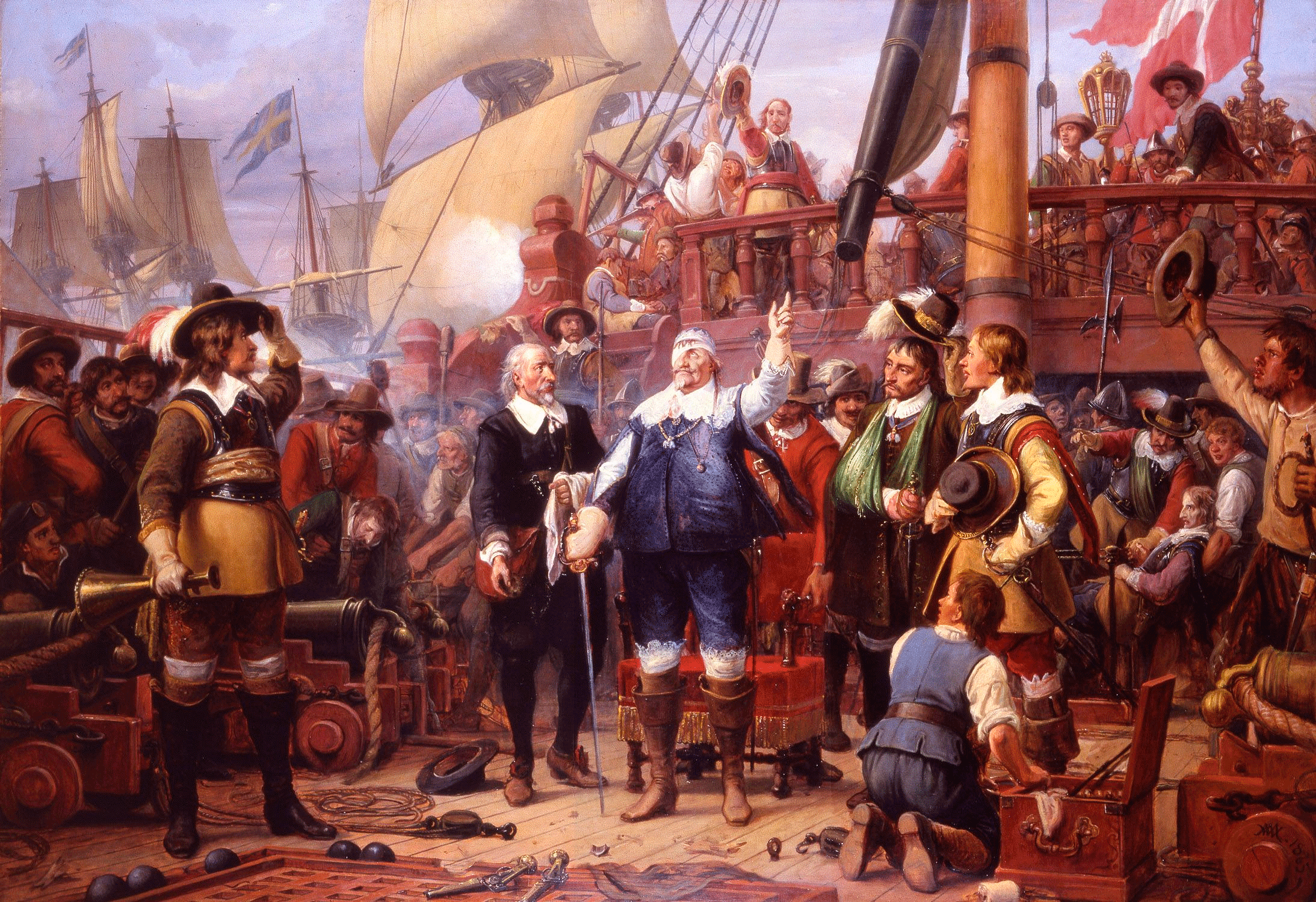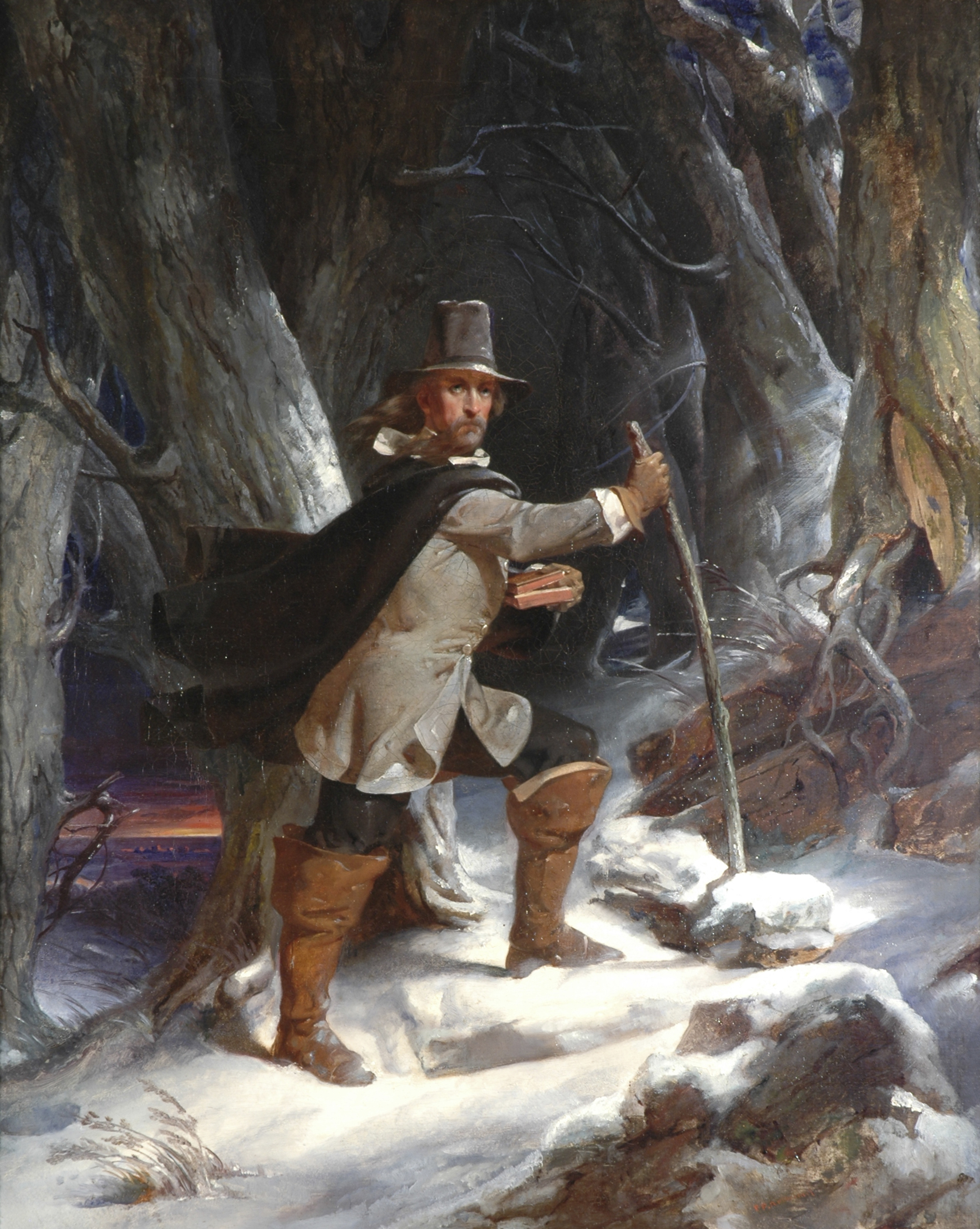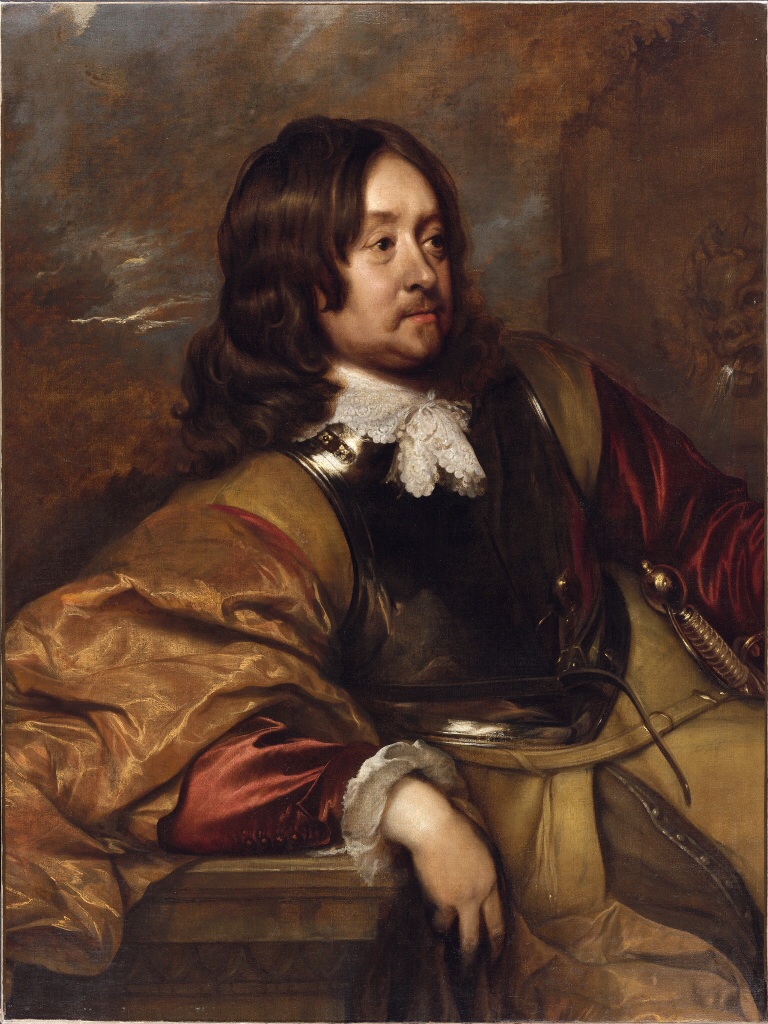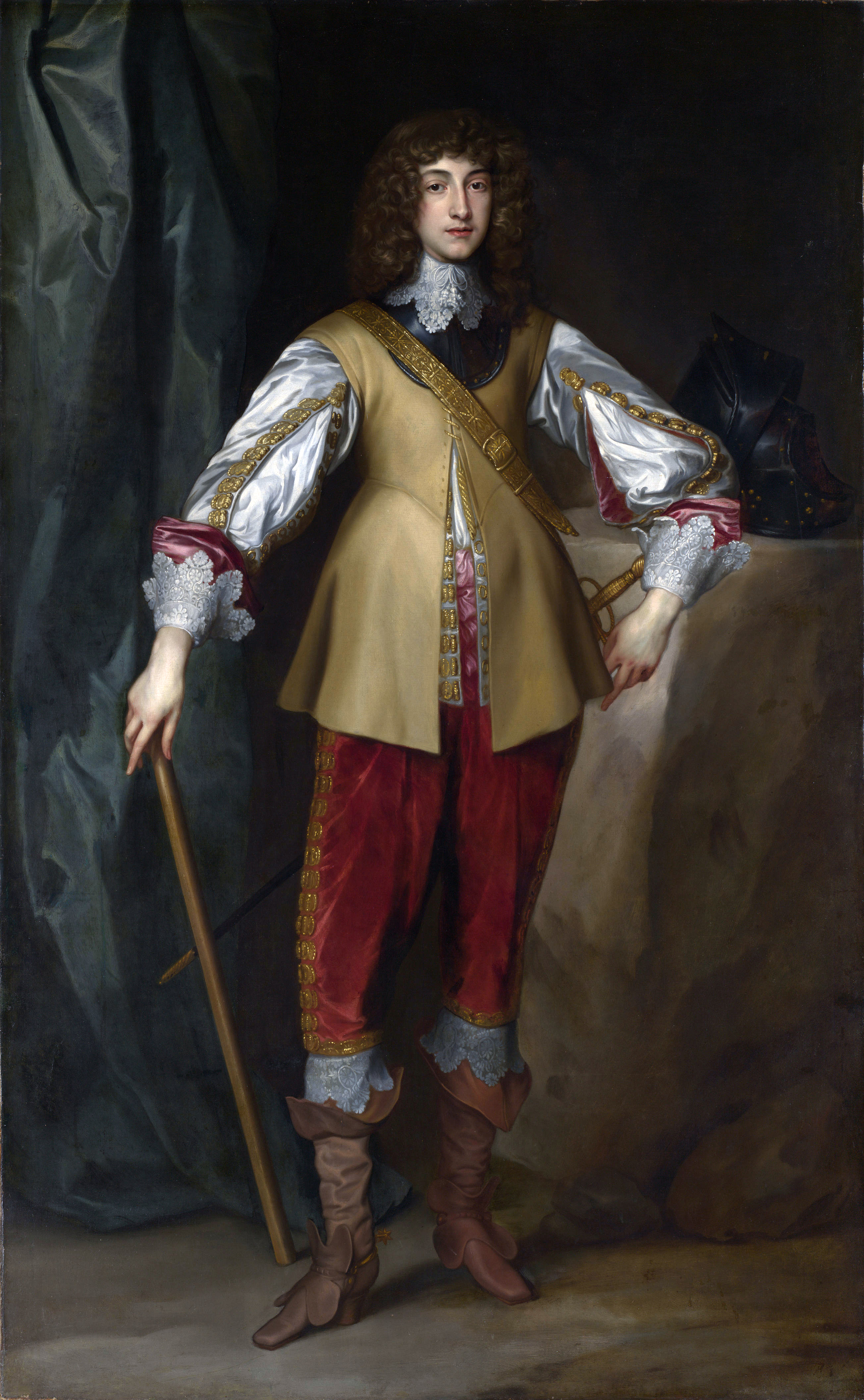|
1644
It is one of eight years (CE) to contain each Roman numeral once (1000(M)+500(D)+100(C)+(-10(X)+50(L))+(-1(I)+5(V)) = 1644). Events January–March * January 22 – The Royalist Oxford Parliament is first assembled by King Charles I of England. * January 26 – First English Civil War: Battle of Nantwich – The Parliamentarians defeat the Royalists, allowing them to end the 6-week siege of the Cheshire town. * January 30 **Dutch explorer Abel Tasman departs from Batavia in the Dutch East Indies (modern-day Jakarta in Indonesia) on his second major expedition for the Dutch East India Company, to map the north coast of Australia. Tasman commands three ships, ''Limmen'', ''Zeemeeuw'' and ''Braek'', and returns to Batavia at the beginning of August with no major discoveries. ** Battle of Ochmatów: Polish–Lithuanian Commonwealth forces under hetman Stanisław Koniecpolski secure a substantial victory over the horde of Crimean Tatars under Tugay ... [...More Info...] [...Related Items...] OR: [Wikipedia] [Google] [Baidu] [Amazon] |
Battle Of Nantwich
The Battle of Nantwich was fought on 25 January 1644 in Cheshire during the First English Civil War. In the battle, Thomas Fairfax, 3rd Lord Fairfax of Cameron, Sir Thomas Fairfax in command of a Roundhead, Parliamentarian relief force defeated John Byron, 1st Baron Byron, Lord Byron and the Cavalier, Royalists. The Parliamentarian victory halted a series of Royalist successes in the area and was a major setback to Charles I of England, King Charles' planned military campaign for 1644. Campaign In 1643, King Charles had signed a "cessation" with the Confederate Ireland, Irish Confederates. This allowed him to recall several English regiments which had been sent to Ireland after the Irish Rebellion of 1641, to reinforce his armies. In November 1643, several of these regiments were sent to Cheshire where a new field army was being formed, commanded at first by Arthur Capell, 1st Baron Capell of Hadham, Lord Capell. Capell was replaced in December by Lord Byron, who had been ... [...More Info...] [...Related Items...] OR: [Wikipedia] [Google] [Baidu] [Amazon] |
Abel Tasman
Abel Janszoon Tasman (; 160310 October 1659) was a Dutch sea explorer, seafarer and exploration, explorer, best known for his voyages of 1642 and 1644 in the service of the Dutch East India Company (VOC). He was the first European to reach New Zealand, which he named ''Staten Landt''. He was also the eponym of Tasmania. Likely born in 1602 or 1603 in Lutjegast, Netherlands, Tasman started his career as a merchant seaman and became a skilled navigator. In 1633, he joined the VOC and sailed to Batavia, Dutch East Indies, Batavia, now Jakarta, Indonesia. He participated in several voyages, including one to Japan. In 1642, Tasman was appointed by the VOC to lead an expedition to explore the uncharted regions of the Southern Pacific Ocean. His mission was to discover new trade routes and to establish trade relations with the native inhabitants. After leaving Batavia, Tasman sailed westward to Mauritius, then south to the Roaring Forties, then eastward, and reached the coast of Tasma ... [...More Info...] [...Related Items...] OR: [Wikipedia] [Google] [Baidu] [Amazon] |
Roger Williams
Roger Williams (March 1683) was an English-born New England minister, theologian, author, and founder of the Colony of Rhode Island and Providence Plantations, Providence Plantations, which became the Colony of Rhode Island and Providence Plantations and later the Rhode Island, State of Rhode Island. He was a staunch advocate for religious liberty, separation of church and state, and fair dealings with the Native Americans. Initially a Puritan minister, his beliefs evolved and he questioned the authority of the Puritan church in enforcing religious conformity. He was expelled by the Puritan leaders from the Massachusetts Bay Colony, and he established Providence Plantations in 1636 as a refuge offering what he termed "liberty of conscience" making Rhode Island the first government in the Western civilization, Western world to guarantee Freedom of religion, religious freedom in its founding charter. His ideas on religious tolerance and civil government directly influenced the ... [...More Info...] [...Related Items...] OR: [Wikipedia] [Google] [Baidu] [Amazon] |
Kolumna Zygmunta
Sigismund's Column (), originally erected in 1644, is located at Castle Square, Warsaw, Poland and is one of Warsaw's most famous landmarks as well as the first secular monument in the form of a column in modern history. The column and statue commemorate King Sigismund III Vasa, who in 1596 had moved Poland's capital from Kraków to Warsaw. It is part of the Historic Centre of Warsaw, which was designated a UNESCO World Heritage Site in 1980. On the Corinthian column which used to be of red marble and is tall, a sculpture of the King, tall, in archaized armour is placed. Sigismund's Column now stands at and is adorned by four eagles. The king is dressed in armour, carries a cross in one hand and wields a sword in the other. History 17th century Erected between 1643 and 1644, the column was constructed on the orders of Sigismund's son and successor, King Władysław IV Vasa. It was designed by the Italian-born architect Constantino Tencalla and the sculptor Clemente Molli a ... [...More Info...] [...Related Items...] OR: [Wikipedia] [Google] [Baidu] [Amazon] |
Oxford Parliament (1644)
The Oxford Parliament, also known as the Mongrel Parliament, was the Parliament assembled by Charles I of England for the first time on 22 January 1644 and adjourned for the last time on 10 March 1645, with the purpose of being an instrument of the Royalist war campaign. Charles was advised by Edward Hyde and others not to dissolve the Long Parliament as this would violate the statute of 1641 which said that Parliament could not be dissolved without its own consent. So all members of the Long Parliament were summoned by King Charles to assemble for a session of Parliament to be held at Christ Church Hall, Oxford. Eighty-two peers, which was most of the House of Lords, and 175 commoners, which was about one-third of the House of Commons The House of Commons is the name for the elected lower house of the Bicameralism, bicameral parliaments of the United Kingdom and Canada. In both of these countries, the Commons holds much more legislative power than the nominally upper ... [...More Info...] [...Related Items...] OR: [Wikipedia] [Google] [Baidu] [Amazon] |
First English Civil War
The First English Civil War took place in England and Wales from 1642 to 1646, and forms part of the 1639 to 1653 Wars of the Three Kingdoms. An estimated 15% to 20% of adult males in England and Wales served in the military at some point between 1639 and 1653, while around 4% of the total population died from war-related causes. These figures illustrate the widespread impact of the conflict on society, and the bitterness it engendered as a result. Conflict over the role of Parliament and religious practice dated from the accession of James VI and I in 1603. These tensions culminated in the imposition of Personal Rule in 1629 by his son, Charles I, who recalled Parliament in April and November 1640. He hoped by doing so to obtain funding that would enable him to reverse his defeat by Scots Covenanters in the Bishops' Wars, but in return Parliament demanded a greater share in government than he was willing to concede. In its early stages, the vast majority on both sides s ... [...More Info...] [...Related Items...] OR: [Wikipedia] [Google] [Baidu] [Amazon] |
Charles I Of England
Charles I (19 November 1600 – 30 January 1649) was King of Kingdom of England, England, Kingdom of Scotland, Scotland, and Kingdom of Ireland, Ireland from 27 March 1625 until Execution of Charles I, his execution in 1649. Charles was born into the House of Stuart as the second son of King James VI of Scotland, but after his father inherited the English throne in 1603, he moved to England, where he spent much of the rest of his life. He became heir apparent to the kingdoms of England, Scotland, and Ireland in 1612 upon the death of his elder brother, Henry Frederick, Prince of Wales. An unsuccessful and unpopular attempt to marry him to Infanta Maria Anna of Spain culminated in an eight-month visit to Habsburg Spain, Spain in 1623 that demonstrated the futility of the marriage negotiation. Two years later, shortly after his accession, he married Henrietta Maria of France. After his accession in 1625, Charles quarrelled with the English Parliament, which sought to curb his ro ... [...More Info...] [...Related Items...] OR: [Wikipedia] [Google] [Baidu] [Amazon] |
Stanisław Koniecpolski
Stanisław Koniecpolski (1591 – 11 March 1646) was a Polish military commander, regarded as one of the most talented and capable in the History of Poland in the Early Modern era (1569–1795), history of the Polish–Lithuanian Commonwealth. He was also a magnate, a royal official (''starosta''), a castellan, a member of the Polish nobility (''szlachta''), and the ''voivode'' (governor) of Sandomierz from 1625 until his death. He led many successful military campaigns against rebelling Cossacks and invading Tatars. From 1618 he held the rank of Field Crown Hetman before becoming the Grand Crown Hetman, the commander-in-chief, military commander second only to the King, in 1632. Koniecpolski's life was one of almost constant warfare. Before he had reached the age of 20, he had fought in the Dymitriads and the Moldavian Magnate Wars. Later, in 1620, he took part in the Battle of Cecora (1620), Battle of Cecora, during which he was captured by Ottoman Empire, Ottoman forces. Aft ... [...More Info...] [...Related Items...] OR: [Wikipedia] [Google] [Baidu] [Amazon] |
Battle Of Ochmatów (1644)
The Battle of Okhmativ or Battle of Ochmatów () of 30 January 1644 refers to the engagement between the Polish forces under hetman Stanisław Koniecpolski and the horde of Crimean Tatars under Tugay Bey. Koniecpolski dealt a crushing defeat to Tugay Bey's forces near Okhmativ. This was the greatest Polish victory over the Tatars in the first half of the 17th century, and brought international fame and recognition to Koniecpolski. Background After several years of relative quiet, the Crimean Tatars, united after a civil war, began raiding the Polish border in strength in the early 1640s. Provoked by a Cossack raid, a large Tatar raiding force began assembling in late 1643 near Ochakiv. In response, Polish military commander, Grand Crown Hetman, Stanisław Koniecpolski, ordered his forces to concentrate near Vinnytsia for 27 December. With the Tatars evading scouts, he split his forces around the possible incursion points. In early January Koniecpolski became aware of the h ... [...More Info...] [...Related Items...] OR: [Wikipedia] [Google] [Baidu] [Amazon] |
Tugay Bey
Mirza Tughai Bey, Tuhay Bey (; ; ; died June 1651), also spelled Togay Bey, was a notable military leader and politician of the Crimean Tatars. Biography Toğay descended from the Arğıns - one of noble Crimean families, and his full name is ''Arğın Doğan Toğay bey'' (Arhyn Dohan Tohai bei). "Bey" is actually a title, which he received on becoming the chief of Or Qapı ( Perekop) ''sanjak'', an important position in the Crimean Khanate, since the Isthmus of Perekop is the neck to Crimean Peninsula and was crucial to its defense. Tuhay Bey became the bey of Or Qapı sometime between 1642 and 1644, an important position of the Crimean Khanate who was in charge of Or Qapı fortress - the gateway to the peninsula. By 1644 he had enough authority for the Khan of Crimea to entrust to him leadership of the major Tatar expedition against Poland. However, Tuhay Bey's army was intercepted by the Polish army under hetman Koniecpolski before reaching the densely populated regio ... [...More Info...] [...Related Items...] OR: [Wikipedia] [Google] [Baidu] [Amazon] |
Rhode Island Colony
The Colony of Rhode Island and Providence Plantations was an English colony on the eastern coast of America, founded in 1636 by Puritan minister Roger Williams after his exile from the Massachusetts Bay Colony. It became a haven for religious dissenters and was known for its commitment to religious freedom and self-governance. The colony was officially chartered by the Patent of 1643–1644, granted by the English Parliament. It received a more comprehensive Royal Charter in 1663 from King Charles II, which established its government and guaranteed its religious liberties. Rhode Island continued as a self-governing colony until 1776, when it declared independence from Great Britain during the American Revolution, becoming the State of Rhode Island and Providence Plantations. First settlements The land was first owned by the Narragansett Indians, which led to the name of the town of Narragansett, Rhode Island. European settlement began around 1622 with a trading post at ... [...More Info...] [...Related Items...] OR: [Wikipedia] [Google] [Baidu] [Amazon] |
Cavalier
The term ''Cavalier'' () was first used by Roundheads as a term of abuse for the wealthier royalist supporters of Charles I of England and his son Charles II of England, Charles II during the English Civil War, the Interregnum (England), Interregnum, and the Restoration (England), Restoration (1642 – ). It was later adopted by the Royalists themselves. Although it referred originally to political and social attitudes and behaviour, of which clothing was a very small part, it has subsequently become strongly identified with the fashionable clothing of the court at the time. Prince Rupert of the Rhine, Prince Rupert, commander of much of Charles I's cavalry, is often considered to be an archetypal Cavalier. Etymology ''Cavalier'' derives from the same Latin root as the Italian word , the French word , and the Spanish word , the Vulgar Latin word ''wikt:caballarius, caballarius'', meaning 'horseman'. Shakespeare used the word ''cavaleros'' to describe an overbearing swashbuckl ... [...More Info...] [...Related Items...] OR: [Wikipedia] [Google] [Baidu] [Amazon] |







